02 Aug
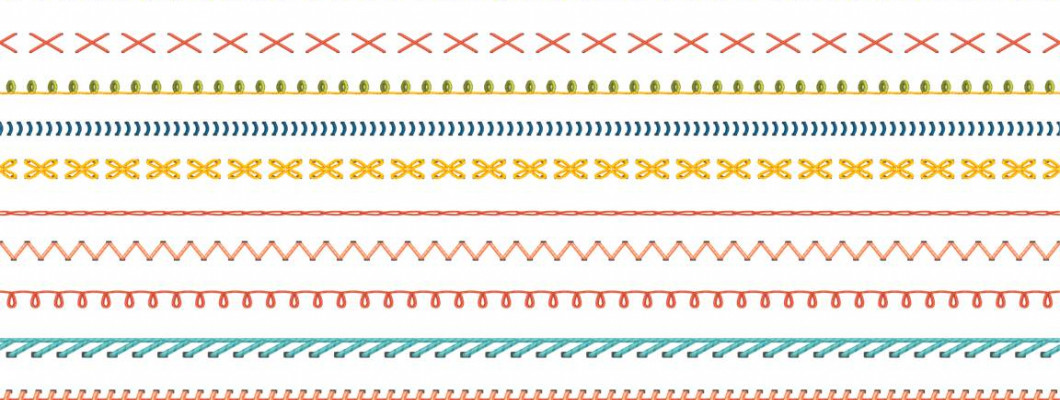

When you are finally thinking of starting an embroidery or sewing project, one of the most overwhelming things could be deciding to pick up a stitch. As your machine may offer a lot of different stitches, you may feel confused. You could go ahead and try on every stitch but that would take a lot of time and that is exactly where we come in.
We are going to make your process less tiring and confusing by helping you try out the most basic and versatile sewing and embroidery stitches. This list is firstly going to introduce you to the world of stitching and would help you a lot in the future. These are the stitches that you should first practice on before going off to other sorts. This is going to be your first step of the stitching staircase!
If you are looking for basic sewing stitches, carry on reading this article.
If you are looking for basic embroidery stitches, please click the button down below to read our Beginner’s guide to Embroidery Stitches.
BASIC EMBROIDERY STITCHES
Why should I know different types of stitches?
It is a question that comes up in most of the sewing or embroidery beginners’ minds. Embroidery and Sewing is stitching. If you are not going to learn about the different types of stitches, you would not be able to learn about sewing or embroidery! Learning about stitches is going to help you a lot in creating different sorts of projects.
You do not need to know every single stitch that has existed or does exist in the world in order to sew or embroider a project. But, it is important that you pick up the basic stitching skill to create lovely projects. Once you get your hand set, you can venture into other types of stitches easily.
Basic Sewing Stitches
Firstly, we are going to discuss the most basic yet the most versatile sewing stitches. Honestly, these are going to get you covered for almost anything that you sew!
1. The Straight Stitch
STRAIGHT SEWING STITCH
This had to be the Number One stitch on our list. The Straight Stitch is the most used stitch out there not only because it is easy, but because it is the most versatile. This stitch is used mostly for sewing that’s basically constructional. You do not have to worry a speck if you have a very old sewing machine that stitches straight because; you will still get majority of the projects done!
Newer machines also come with the option to adjust the straight stitch’s length which is great. Short or tight straight stitches are the ones that you would need to use for seams or basically sewing something. These are really tight and hard to remove.
A longer-length straight stitch is going to be loose and temporary. This is mostly used when the stitch is meant to be removed later.
If your short straight stitches are puckering, it could be because of the length being too tight. The other reason could be the machine’s tension.
2. The Zig-zag Stitch
Zig-zag Stitch
The next one on our list is the Zig-zag stitch. This stitch is very firm and prevents the seams from fraying or breaking off. When it comes to the length of the zig-zag stitch, you would need to experiment and try it on by yourself to see what fits what.
The Zig-zag stitch is actually very great for sewing knits. When sewing a knit fabric using a zig-zag stitch, make sure that it is small and close. You could finish your fabric’s edges using a wide zig-zag stitch and it would make it much more durable.
You could use it for appliqué, sewing elastic or similar materials, hem knit fabrics, et cetera! It is a very versatile stitch and worth using in your beginning projects.
3. The Decorative Stitches
decorative stitch
Now, these are the stitches that most of the people do not use. But, we included them in our list for beginners as they are fun and experimental. Decorative stitches are also very motivating for new sewists because they spice up a project.
Different machines come with different decorative stitches so you have the chance to fully enjoy and experiment these stitches on your projects. You can create beautiful borders on a handkerchief with them or use contrasting threads to make it look more appealing. These are really easy to use and the possibilities of using them in different projects are endless.
These are a few Sewing Stitches that we really wanted to discuss with beginner sewists. These three stitches are great for practicing on. Once you get a hold of these, you can easily make use of the other types of stitches.
We always encourage our readers to experiment and experience but, take it slow and steady. Seeing so many stitching options on your machine can intimidate or excite you, but always remember to go step by step. Take one sort of stitch and practice, practice, and practice. You would soon advance in the field if you take it easy and just practice.
We try our best to provide our readers with easy guides so that they can learn and move forward in the field. If you want to learn about the basic embroidery stitches, click here.
Have Fun Sewing & Embroidering!

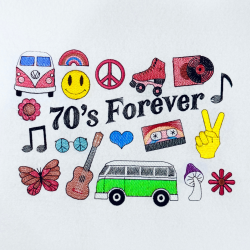
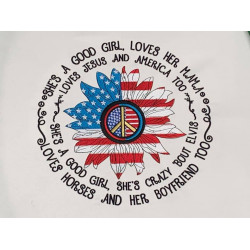
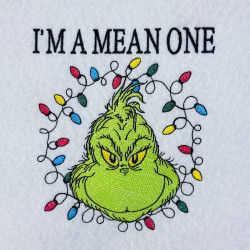
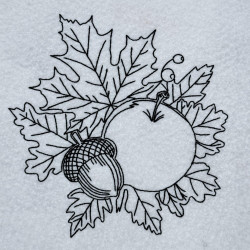

-250x250.png)
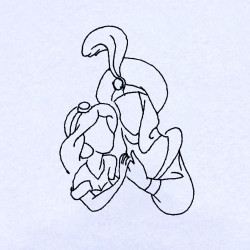

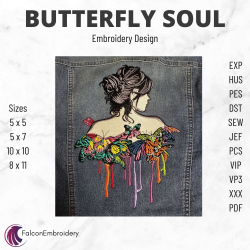
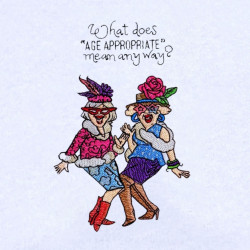
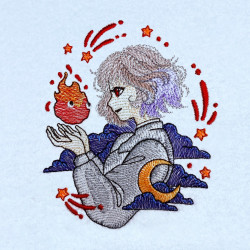
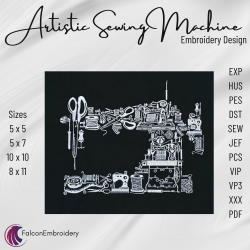
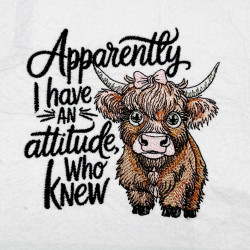


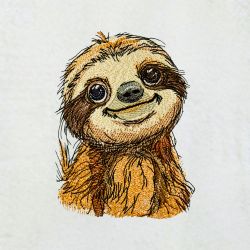
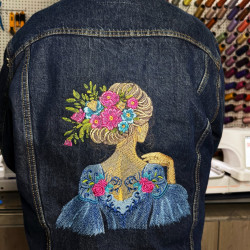
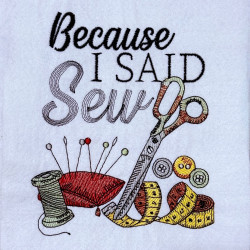

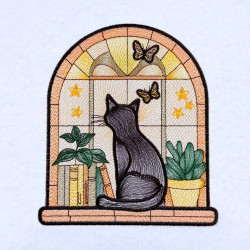
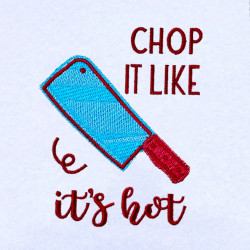
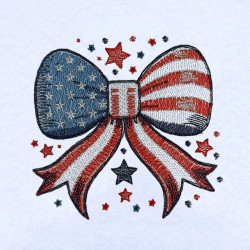
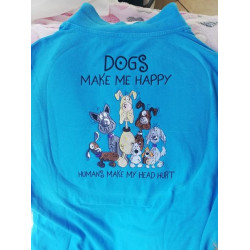

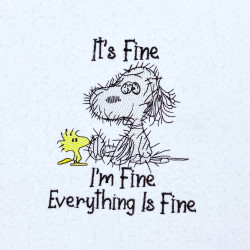





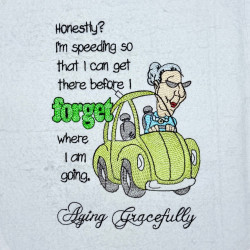
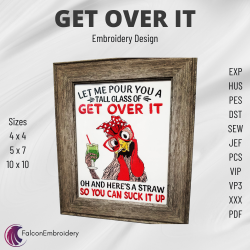
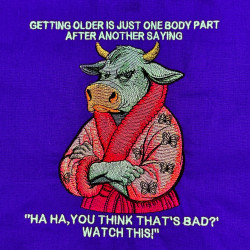
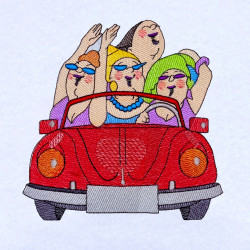
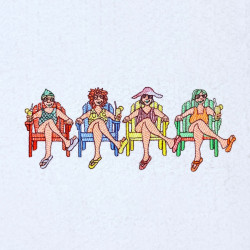

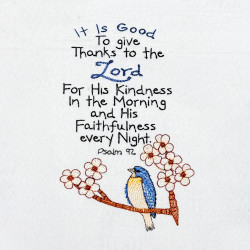

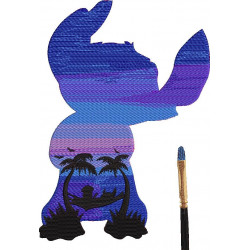
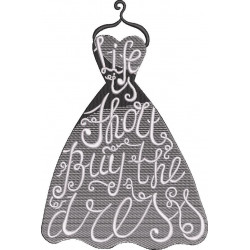

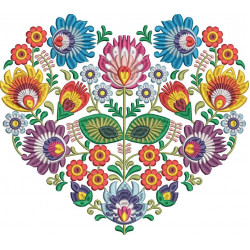
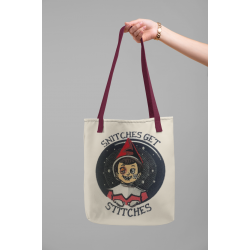
Leave a Comment